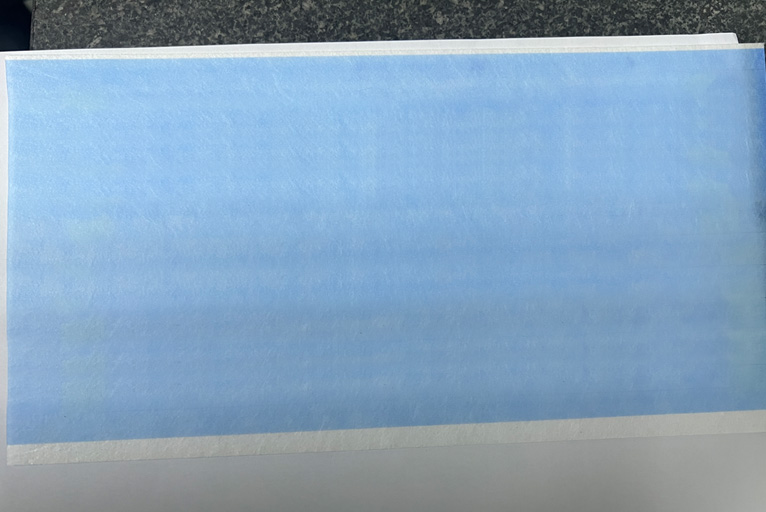google-site-verification: google0228a1feb97d321e.html
google-site-verification: google0228a1feb97d321e.html
google-site-verification: google0228a1feb97d321e.html
google-site-verification: google0228a1feb97d321e.html
google-site-verification: google0228a1feb97d321e.html
google-site-verification: google0228a1feb97d321e.html
With the development of technology, more new biocompatible materials and functional materials can be applied to medical device coatings through ultrasonic spraying technology, such as materials with special functions such as promoting tissue repair and reducing inflammatory response, further improving the performance of medical devices. and clinical application value.
Improve device performance and safety: It can form a coating with anti-corrosion, antibacterial, anticoagulant and other functions on the surface of medical devices such as catheters and implants, which can significantly improve the service life and safety of medical devices and reduce the risk of patients in Risk of complications during use. For example, this technology can achieve extremely thin and consistent drug coatings on medical implants such as drug-eluting stents and drug-eluting balloons, ensuring stable drug release and improving therapeutic effects. The surface coating preparation of products used in other medical fields is gradually replaced by ultrasonic spraying technology.
For example:
● Endoscopes: For example, fiberglass endoscopes can be sprayed with dyeing solutions on their surfaces to improve the visibility and recognition of endoscopes in the body, making it easier for doctors to observe lesions more accurately and assist in diagnosis and treatment. Dyeing solutions of different colors can be used to mark different tissues or lesions, allowing doctors to locate and identify them more quickly.
● Implants: Medical-grade fiberglass is often used to make orthopedic implants, dental restorations, etc. Spraying dyeing solutions on its surface can help doctors see the position and status of implants more clearly during surgery, ensuring the accuracy and safety of implantation. At the same time, dyeing solutions can also play a certain protective role, preventing implants from being corroded and damaged by the external environment.
● Surgical instruments: Using ultrasonic spraying technology to evenly spray dyeing solutions on the surface of surgical instruments, such as tweezers, scissors, scalpels, etc., can improve the visibility of instruments in the surgical field of view, avoid misoperation caused by the similar color of instruments and tissues, and improve the accuracy and safety of surgery.

Advantages of ultrasonic spraying technology in the medical field:
● Uniformity: By using the vibration and cavitation effect of ultrasound, liquid materials can be atomized into tiny and uniform particles, and then a uniform coating is formed on the surface of the substrate, avoiding local over-thickness or over-thinness, ensuring the stable release of drugs or other active substances, and improving the therapeutic effect.
● High adhesion: The vibration of ultrasound can produce extremely high adhesion between the coating and the substrate, and the coating is not easy to fall off. It can form a long-lasting and stable functional coating on the surface of medical devices, extending the service life of medical devices.
● Precise control of coating thickness: The thickness of the coating can be accurately controlled by adjusting the spraying parameters, such as ultrasonic frequency, spraying speed, liquid supply flow, etc., to meet the strict requirements of medical coatings for thickness.
● High material utilization rate: Precise spraying can be achieved, and the material can be accurately coated in the target area, reducing material waste, improving material utilization, and reducing production costs. For example, in the preparation of drug-eluting stents, the utilization rate of drug materials can reach more than 80%.
● Low-viscosity materials can be used: It can handle low-viscosity solutions and suspensions, expanding the range of materials that can be used for coatings, making some new biocompatible materials, drug preparations, etc. more conveniently used in medical coatings, providing more possibilities for the research and development of high-performance medical products.